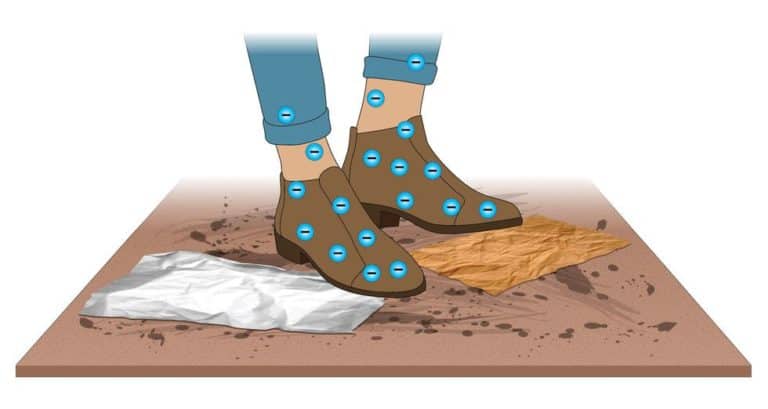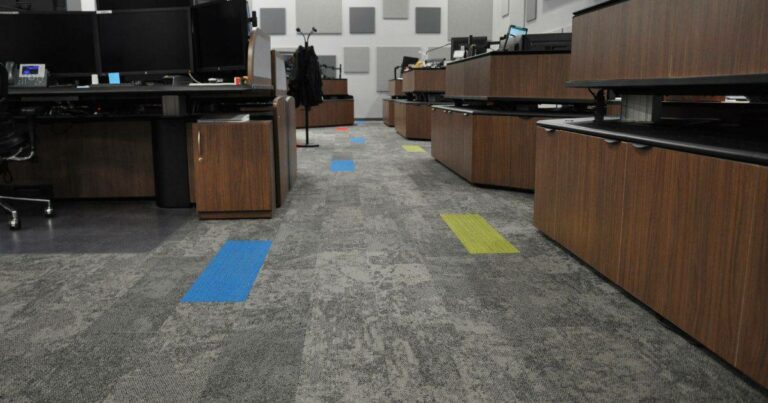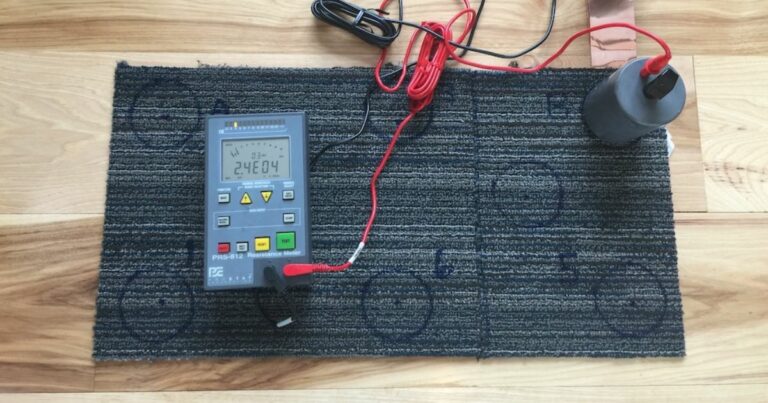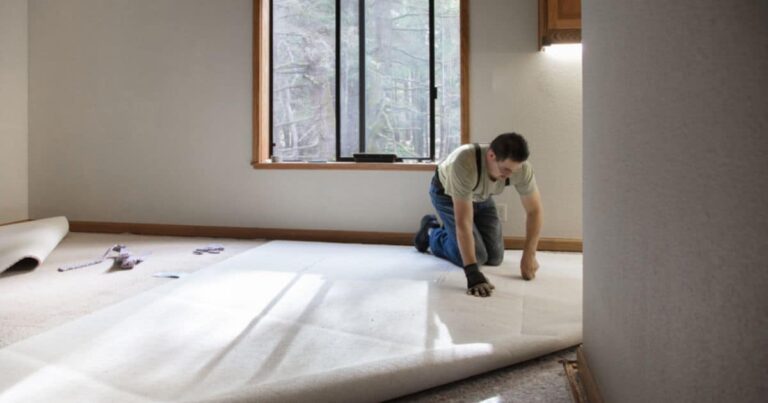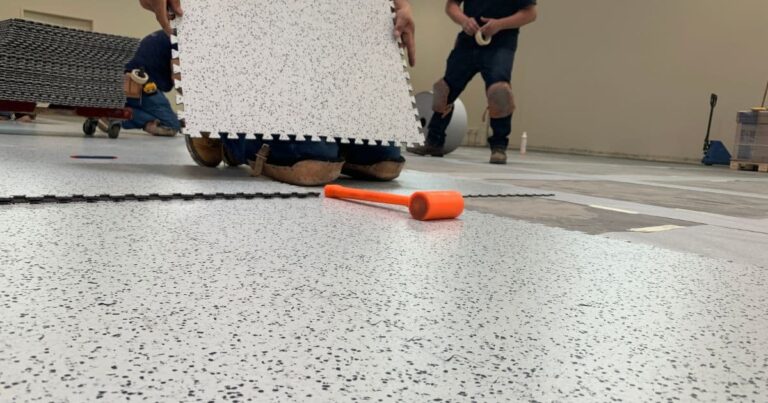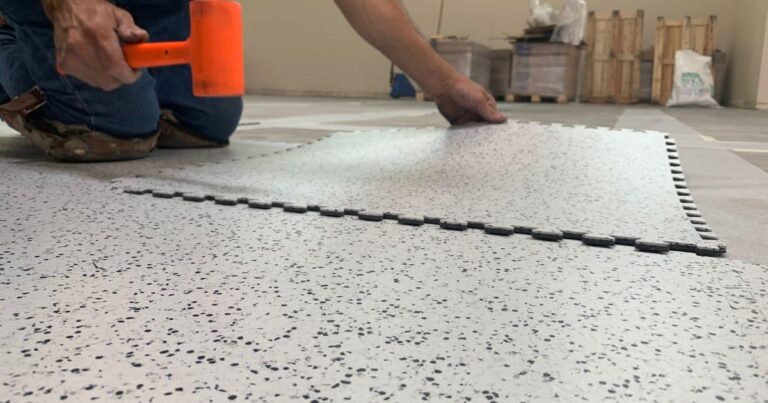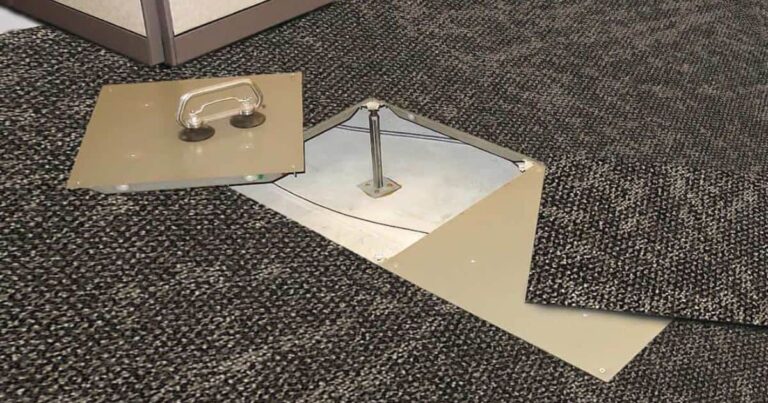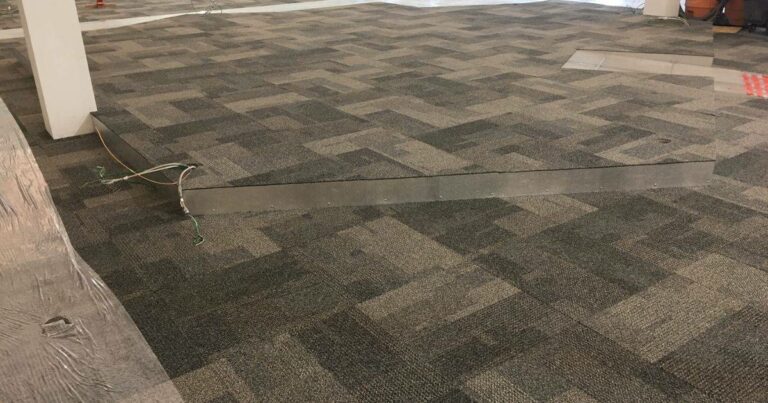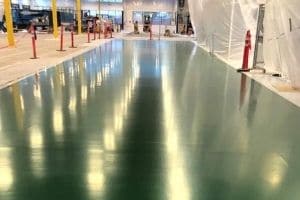FAQ: Do I need a specialist to install a static-control floor?
No. Any competent flooring contractor is capable of installing an ESD floor. The only difference between an ESD floor and standard flooring is the electrical properties of the flooring material and adhesive. Regular flooring has little to no conductivity, while ESD flooring is formulated to dissipate or conduct electricity.
Static-protective floors do require a conductive underlayment, such as conductive adhesive, metal access panels, or a copper grid. The conductive underlayment electrically unifies all tiles in a contiguous installation, and transports static to ground.
Once ESD flooring has been installed, it must be grounded to either an electrical outlet, a dedicated grounding rod, or the steel superstructure of the building. Basically, grounding the floor involves a mechanical connection between the floor and any of these three grounding options.
After installation, an ESD floor should be tested with an ohm meter to confirm that the floor provides the electrical resistance to meet the standard for the application and specifications provided by the manufacturer.
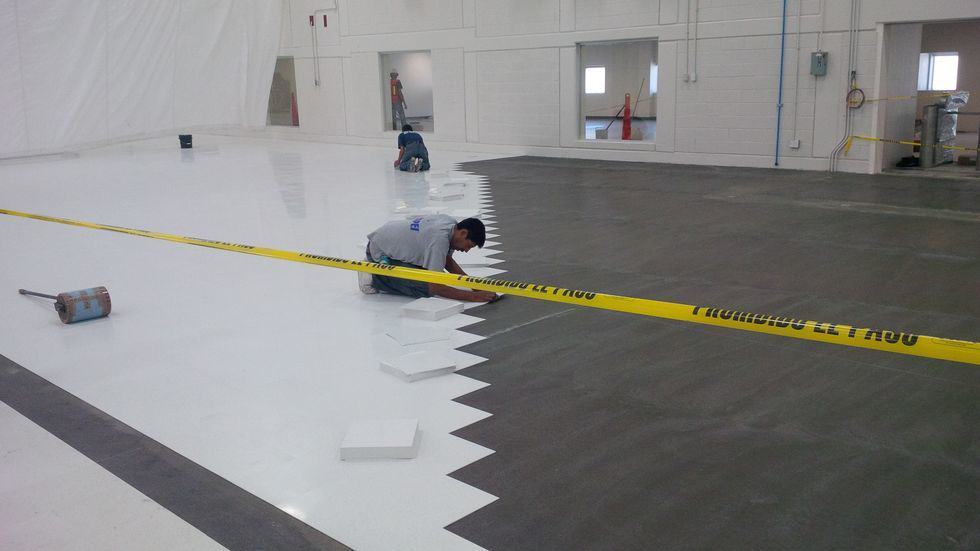

More FAQs
Learning Center Articles
- ESD Basics
- Installation & Maintenance
- Selecting & Specifying an ESD Floor
- Technical Information
- 7 Common Mistakes Selecting an ESD floor
- A Guide to ESD Flooring Selection
- Avoid Costly Failures: What You Need to Know When Specifying ESD Flooring
- Choosing ESD Flooring for:
- ESD Footwear: What Is It and When Is It Necessary?
- ESD Footwear for Electronics Manufacturing and Handling Applications
- Facility Managers’ Guide to Selecting ESD Flooring
- The Need for Due Diligence in Specifying Static-Free Flooring
- Standard of Care for Specifying Floors in Mission-Critical Spaces
- Understanding the Hidden Costs of ESD Flooring

StaticWorx high-performance static-control floors protect electronic components, explosives, and high-speed computers from damage caused by static electricity. ESD flooring is part of a system. Choices should always be based on objective, researched evidence. When you partner with us, we look at all possible items that may need to integrate with the floor, and, focusing on your goals and objectives, help you find the right floor for your application.







